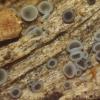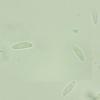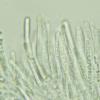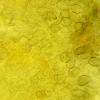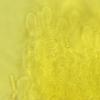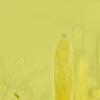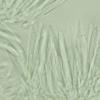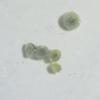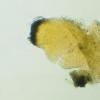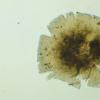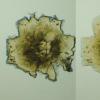
16-11-2025 21:09
 Robin Isaksson
Robin Isaksson
Anyone recognize this acc. to pictures.? Found on

14-11-2025 16:26
 Marian Jagers
Marian Jagers
Hello everyone, On dead wood of Cytisus scoparius

15-11-2025 23:22
Mario FilippaHello,this is what I think to be Hymenoscyphus mac

15-11-2025 20:25
 Riet van Oosten
Riet van Oosten
Hello, Found by Laurens van der Linde, Nov. 2025

14-11-2025 18:31
 Lothar Krieglsteiner
Lothar Krieglsteiner
Hello,can somebody provide me with a file of:Rothe

12-11-2025 09:25
 Viktorie Halasu
Viktorie Halasu
Hello, I need help with a pale terrestric Pseudom

11-11-2025 20:16
Bohan JiaHi, lastly I have found these tiny yellow decayin

09-11-2025 13:20
Hello.A tiny ascomycete, appearing as erupting gra
These grew on a fallen, decorticated hardwood branch. The size of the apos is much smaller than of the typical gray ones that I find often on moist wood. There was a faint yellow reaction with 40% KOH, but under the microscope in 3% KOH I didn't notice anything.
Spore measurements: (7.9) 8.9 - 10.7 (10.8) × (2.9) 2.93 - 3.1 (3.2) µm, N = 8.



This is not a good idea.
Mollisia is difficult but among them you can find a lot of interesting species.
Do not cover the preparation with a slide when checking the reaction to KOH. Put a drop of KOH on the slide slide and then dip a piece of ascocarp in it. If the fruiting body reacts to KOH, you will see a yellowish coating around it in a few seconds.
The second way is to apply a drop of KOH to the fruiting body hymenium. If the reaction is positive, the hymenium will change to +/- yellow.
The reaction is visible to the naked eye or after applying a magnifier.
To be sure, it is worth using both methods at the same time
Good luck
Mirek
